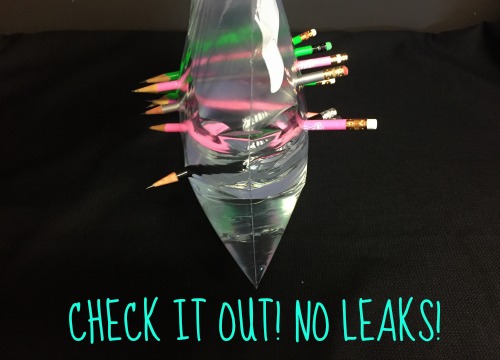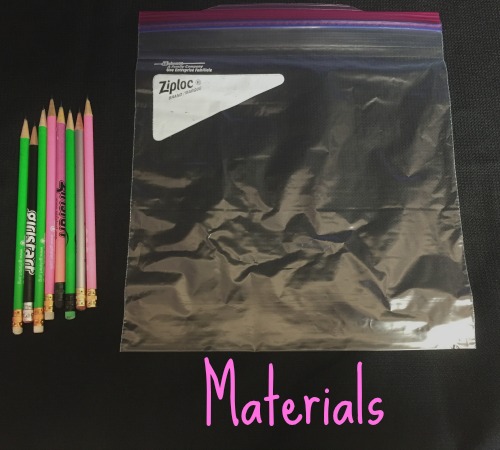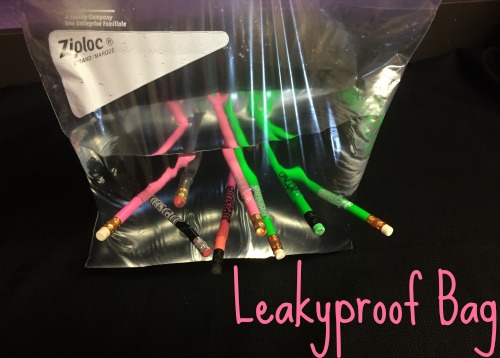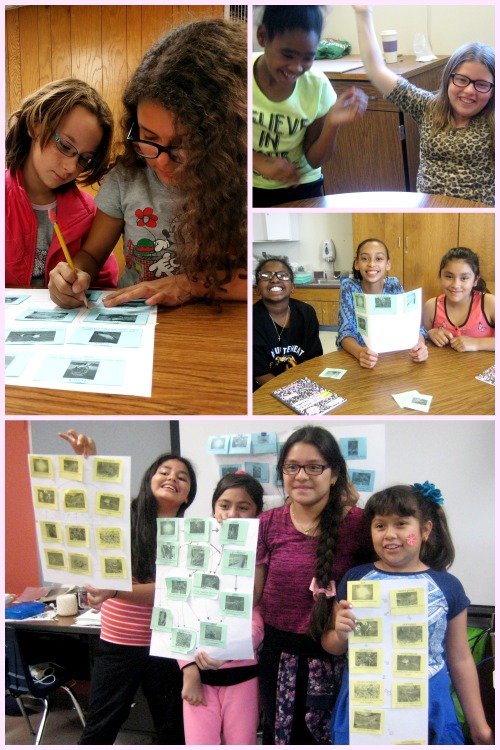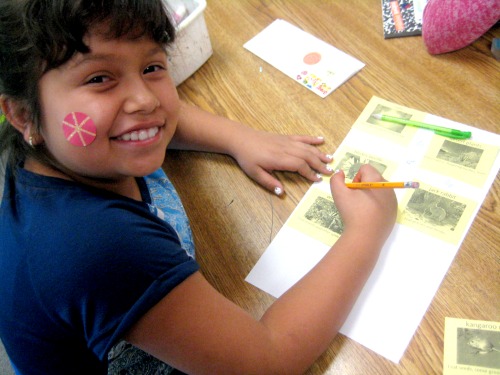Exploring Hydroelectric Energy
This week at After School To-Go, Girlstart students put their engineering skills to the test and designed their very own water wheels! Before the brainstorming process began, girls reviewed the differences, pros, and cons of nonrenewable and renewable resources. After a quick discussion, girls were ready to see hydropower at work!
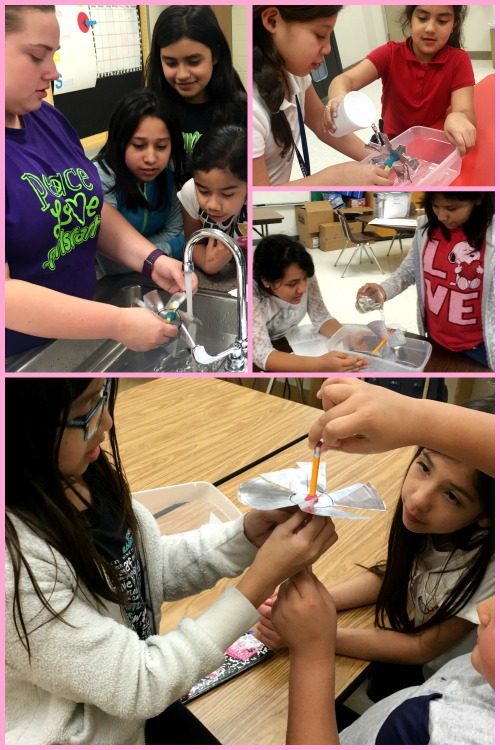
Each group was given a pie pan, clay, and a pencil to create their water wheels. After building their initial designs, girls tested their wheels three times and recorded their observations. Groups were given the opportunity to improve and retest their designs before coming back to the large group discussion. Students had a short discussion about hydroelectricity and turbines. Girls were excited to realize that they had just created their very own simplified turbine! Everyone was ready to put their water wheels to work.
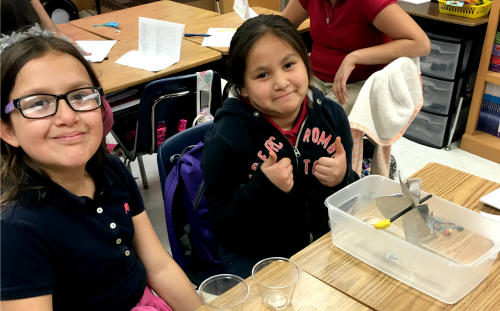
Girlstart club mentors challenged students to make their water wheel do work by lifting a load of binder clips. Each group worked together to test their water wheels once again: one girl held the water wheel steady, another girl counted the number of rotations needed to lift the binder clips, and a third girl timed the entire process. After everyone recorded their observations, the large group discussed their findings.

As part of the learning and critical thinking process, Girlstart students are encouraged to analyze their designs and their applicability in real life. To wind this week’s activity down, girls discussed the benefits and drawbacks of relying on hydroelectric energy. These up-and-coming water resource engineers offered their ideas to the class and contributed to an incredibly important conversation about future energy use!
